Riogordo reiseinformasjon og video
Ferieinformasjon, fakta, bilder og video om Riogordo
Regioner
Provinser
Kyster
Byer og områder
Regioner
Provinser
Kyster
Byer og områder
Regioner
Provinser
Kyster
Byer og områder
Featured ferieboliger i Axarquía
Høydepunkter i Riogordo
Høydepunkter i Riogordo
Riogordo
This pretty whitewashed village in the Axaquia region is situated 39 kilometres from Malaga, Velez Malaga and Antequera and is four hundred metres above sea level.
The coastal resort of Torre del Mar is some 46 kilometres from Riogordo and the next nearest town is Colmenar, six kilometres away, which has a twenty four hour medical centre.
The town is divided into three different areas, the northern most rugged part with the Tajo de Gomer and the Sierra del Rey mountains. Between these flows the river La Cueva. To the south the landscape is gentle with rolling hills covered with seemingly endless rows of olive trees.
The name of the town comes from the water being mineral laden or ‘gordo’ fat.
History
The very first human settlements date back to the Neolithic Period, and were located at El Tajo de Gomer. There were Bronze Age remains found in the Cerro de la Capellania. Around the 17th century livestock farming and sweet wine production began.
Around town
There are a variety of shops in Riogordo and a weekly market. The Museum is really excellent reflecting life as it used to be for the ‘Riogordeños’ people.
Places of interest
Other points of interest are the Church of Nuestra Senora de Gracia, which was built in 1490, the Hermitage of San Sebastian, built at the end of the 17th century and Tajo del Gomer, one of the most beautiful areas situated close to Riogordo.
There is a walking route that takes you to the Tajo (Gorge) from the river (Rio).
Riogordo sits on the scenic Route of Olives and Mountains, a 62.5 kilometre long route, that runs inland through mountainous terrain in the north-west of Axarquia.
The oil is the olive oil grown from the verdial trees of the region from which is produced one of the best olive oils in the world. The route covers the areas of Vinuela, Alcaucin, Periana, Alfarnate, Alfarnatejo, Riogordo and Colmenar.
The road to Alfarnate has some of the most spectacular views in the Axarquia region, plus there are three other routes, which take in the local area: Raisin (Historically, the Malagueñan owners of vineyards have used part of their crops to make raisins). The grapes are laid on paseros (raisin dryers) next to the farmhouses. These are distinctive rectangular white sloping platforms, which can be seen throughout Axarquia), the Sun and Avocado and Mudejar routes are also worth exploring.
Festivals
The festive calendar begins in January with the Procession of the Three Kings; during Semana Santa (Easter Holy Week) a very special event happens in Riogordo, when more than 400 villagers re-enact the life and death of Jesus. Over six thousand people can be seated to watch this spectacle.
The villagers are dressed in period costume of the time and the horses are saddled, as they would have been. The scenes include: Sermon on the Mount, the Last Supper, Judas Betraying the Lord and Jesus on the cross with the two thieves. The event is set in the natural landscape of Riogordo on Holy Friday and Saturday each year at four pm.
The Feria de Ganada (Cattle Fair) takes place in May, at the same time as the Snail Fair, where the snails are cooked in stock and served with olives, beer and the local wine and accompanied by music and dancing.
A Flamenco festival takes place in August and lasts a week, with activities during the day and evening festivities including fireworks.
Climate
All year the climate is good even when snow is on the mountain peaks during the winter months. Every month is different in the area and there is always so much to do. In springtime the almond blossom covers the landscape in a white and pink haze. The sound of the goat bells can be heard in the distance.
*This text was provided to us by Linda Gartshore, owner of holiday home ID 7830
This pretty whitewashed village in the Axaquia region is situated 39 kilometres from Malaga, Velez Malaga and Antequera and is four hundred metres above sea level.
The coastal resort of Torre del Mar is some 46 kilometres from Riogordo and the next nearest town is Colmenar, six kilometres away, which has a twenty four hour medical centre.
The town is divided into three different areas, the northern most rugged part with the Tajo de Gomer and the Sierra del Rey mountains. Between these flows the river La Cueva. To the south the landscape is gentle with rolling hills covered with seemingly endless rows of olive trees.
The name of the town comes from the water being mineral laden or ‘gordo’ fat.
History
The very first human settlements date back to the Neolithic Period, and were located at El Tajo de Gomer. There were Bronze Age remains found in the Cerro de la Capellania. Around the 17th century livestock farming and sweet wine production began.
Around town
There are a variety of shops in Riogordo and a weekly market. The Museum is really excellent reflecting life as it used to be for the ‘Riogordeños’ people.
Places of interest
Other points of interest are the Church of Nuestra Senora de Gracia, which was built in 1490, the Hermitage of San Sebastian, built at the end of the 17th century and Tajo del Gomer, one of the most beautiful areas situated close to Riogordo.
There is a walking route that takes you to the Tajo (Gorge) from the river (Rio).
Riogordo sits on the scenic Route of Olives and Mountains, a 62.5 kilometre long route, that runs inland through mountainous terrain in the north-west of Axarquia.
The oil is the olive oil grown from the verdial trees of the region from which is produced one of the best olive oils in the world. The route covers the areas of Vinuela, Alcaucin, Periana, Alfarnate, Alfarnatejo, Riogordo and Colmenar.
The road to Alfarnate has some of the most spectacular views in the Axarquia region, plus there are three other routes, which take in the local area: Raisin (Historically, the Malagueñan owners of vineyards have used part of their crops to make raisins). The grapes are laid on paseros (raisin dryers) next to the farmhouses. These are distinctive rectangular white sloping platforms, which can be seen throughout Axarquia), the Sun and Avocado and Mudejar routes are also worth exploring.
Festivals
The festive calendar begins in January with the Procession of the Three Kings; during Semana Santa (Easter Holy Week) a very special event happens in Riogordo, when more than 400 villagers re-enact the life and death of Jesus. Over six thousand people can be seated to watch this spectacle.
The villagers are dressed in period costume of the time and the horses are saddled, as they would have been. The scenes include: Sermon on the Mount, the Last Supper, Judas Betraying the Lord and Jesus on the cross with the two thieves. The event is set in the natural landscape of Riogordo on Holy Friday and Saturday each year at four pm.
The Feria de Ganada (Cattle Fair) takes place in May, at the same time as the Snail Fair, where the snails are cooked in stock and served with olives, beer and the local wine and accompanied by music and dancing.
A Flamenco festival takes place in August and lasts a week, with activities during the day and evening festivities including fireworks.
Climate
All year the climate is good even when snow is on the mountain peaks during the winter months. Every month is different in the area and there is always so much to do. In springtime the almond blossom covers the landscape in a white and pink haze. The sound of the goat bells can be heard in the distance.
*This text was provided to us by Linda Gartshore, owner of holiday home ID 7830
Ting å gjøre mens du er der

De beste stedene å bo på Costa del SolCosta del Sol har noe for alle. Vår guide viser deg de beste stedene for storby-, familie-, strand-, luksusferie uansett størrelse på feriebudsjettet. |
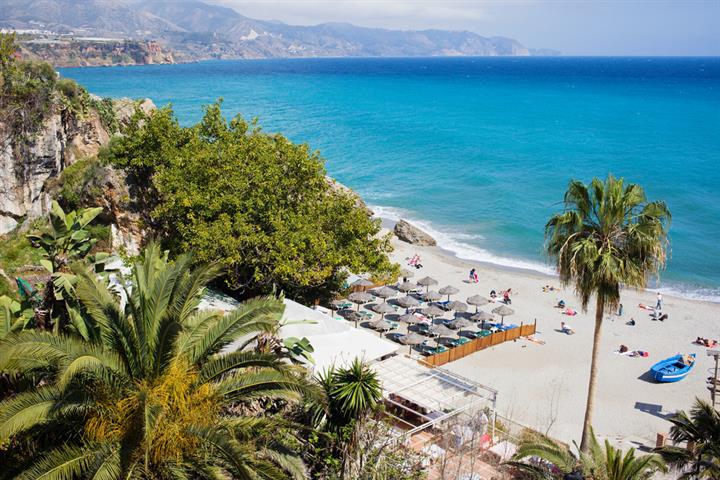
Den store strandguiden for Costa del SolMed mer enn 325 solskinsdager i året fortjener Costa del Sol navnet. Her får du den store strandguiden for Solkysten. |
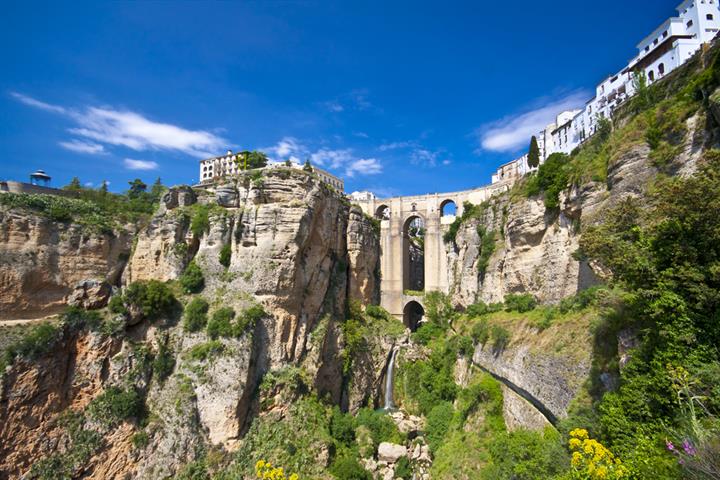
Ikke bare strender: 12 uforglemmelige dagsturer på Costa del SolSkal du til Costa del Sol i år? Det finnes nemlig så mye å finne på i denne delen av Spania i tillegg til strendene og nattelivet. Sjekk ut selv! |
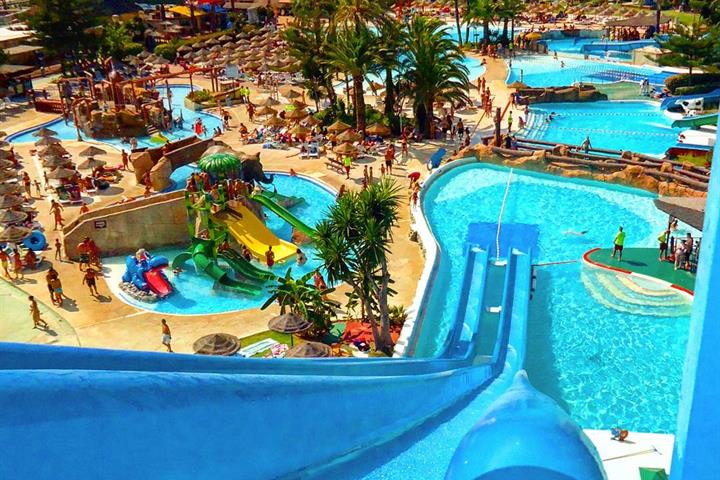
26 topp aktiviteter for barn på Costa del SolPå vei til Solkysten denne sommeren? Få mest mulig ut av ferien din med kystens 26 topp aktiviteter for barn på Costa del Sol. |

Vannsport på Costa del SolEn tur til Costa del Sol er ikke komplett før du prøver litt vannsport på det varme Middelhavet. Her er en veiledning til å planlegge ditt eventyr. |
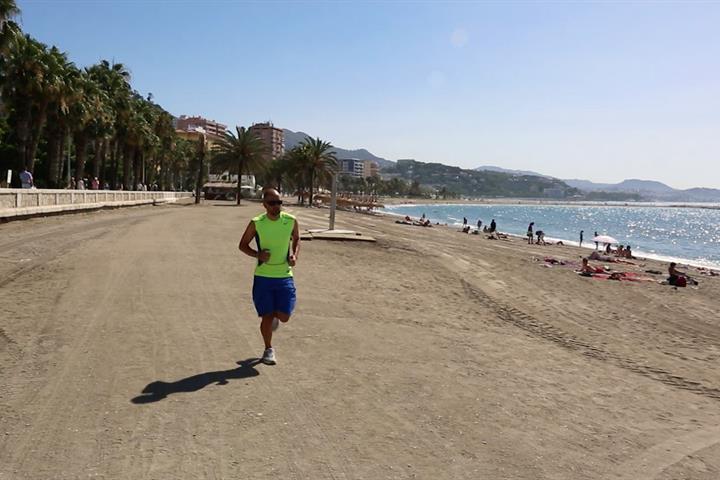
5 naturskjønne løperuter på Costa del SolFå fem forslag til naturskjønne løperuter på Costa del Sol - både til mosjonisten og den mer erfarne løper. Og opplev en løpetur i Malaga på HD-video! |
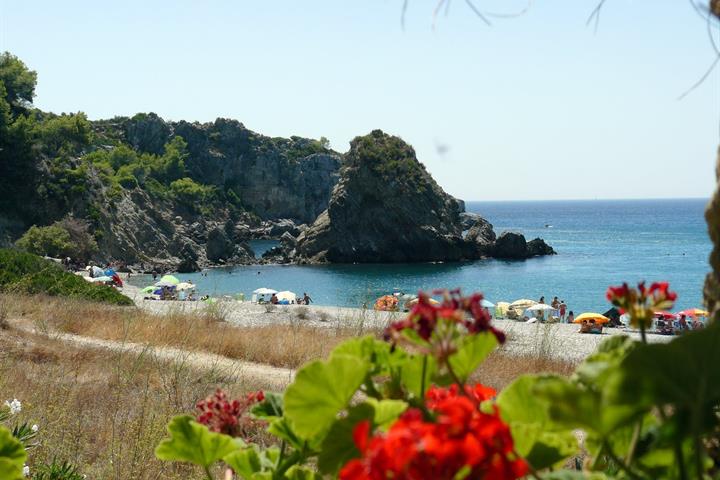
Costa del Sol's beste strender – Playa El CañueloPlaya El Cañuelo i Nerja er en av den slags strender som fortjener å bli omtalt som Paradis på Jord. Man skal se den, før man tror det! |
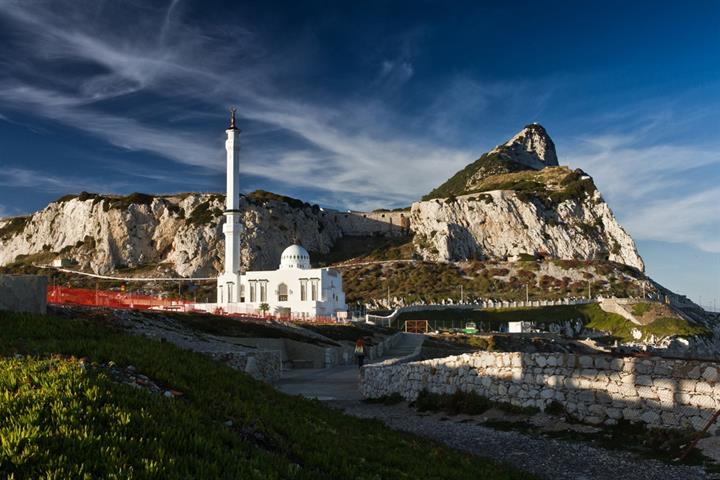
Fem forskjellige ting du kan se og gjøre på en dagstur til GibraltarTeknisk sett ligger ikke Gibraltar i Spania, men likevel er klippen et selvskrevet reisemål for alle som befinner i en av de nærliggende byene. |

De beste stedene å bo på Costa del SolCosta del Sol har noe for alle. Vår guide viser deg de beste stedene for storby-, familie-, strand-, luksusferie uansett størrelse på feriebudsjettet. |

Den store strandguiden for Costa del SolMed mer enn 325 solskinsdager i året fortjener Costa del Sol navnet. Her får du den store strandguiden for Solkysten. |

Ikke bare strender: 12 uforglemmelige dagsturer på Costa del SolSkal du til Costa del Sol i år? Det finnes nemlig så mye å finne på i denne delen av Spania i tillegg til strendene og nattelivet. Sjekk ut selv! |

26 topp aktiviteter for barn på Costa del SolPå vei til Solkysten denne sommeren? Få mest mulig ut av ferien din med kystens 26 topp aktiviteter for barn på Costa del Sol. |

Vannsport på Costa del SolEn tur til Costa del Sol er ikke komplett før du prøver litt vannsport på det varme Middelhavet. Her er en veiledning til å planlegge ditt eventyr. |

5 naturskjønne løperuter på Costa del SolFå fem forslag til naturskjønne løperuter på Costa del Sol - både til mosjonisten og den mer erfarne løper. Og opplev en løpetur i Malaga på HD-video! |

Costa del Sol's beste strender – Playa El CañueloPlaya El Cañuelo i Nerja er en av den slags strender som fortjener å bli omtalt som Paradis på Jord. Man skal se den, før man tror det! |

Fem forskjellige ting du kan se og gjøre på en dagstur til GibraltarTeknisk sett ligger ikke Gibraltar i Spania, men likevel er klippen et selvskrevet reisemål for alle som befinner i en av de nærliggende byene. |

De beste stedene å bo på Costa del SolCosta del Sol har noe for alle. Vår guide viser deg de beste stedene for storby-, familie-, strand-, luksusferie uansett størrelse på feriebudsjettet. |

Den store strandguiden for Costa del SolMed mer enn 325 solskinsdager i året fortjener Costa del Sol navnet. Her får du den store strandguiden for Solkysten. |

Ikke bare strender: 12 uforglemmelige dagsturer på Costa del SolSkal du til Costa del Sol i år? Det finnes nemlig så mye å finne på i denne delen av Spania i tillegg til strendene og nattelivet. Sjekk ut selv! |

26 topp aktiviteter for barn på Costa del SolPå vei til Solkysten denne sommeren? Få mest mulig ut av ferien din med kystens 26 topp aktiviteter for barn på Costa del Sol. |

Vannsport på Costa del SolEn tur til Costa del Sol er ikke komplett før du prøver litt vannsport på det varme Middelhavet. Her er en veiledning til å planlegge ditt eventyr. |

5 naturskjønne løperuter på Costa del SolFå fem forslag til naturskjønne løperuter på Costa del Sol - både til mosjonisten og den mer erfarne løper. Og opplev en løpetur i Malaga på HD-video! |

Costa del Sol's beste strender – Playa El CañueloPlaya El Cañuelo i Nerja er en av den slags strender som fortjener å bli omtalt som Paradis på Jord. Man skal se den, før man tror det! |

Fem forskjellige ting du kan se og gjøre på en dagstur til GibraltarTeknisk sett ligger ikke Gibraltar i Spania, men likevel er klippen et selvskrevet reisemål for alle som befinner i en av de nærliggende byene. |